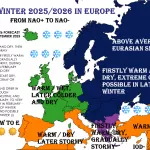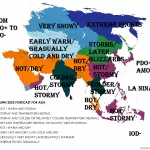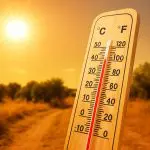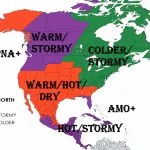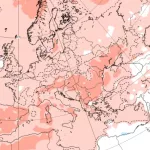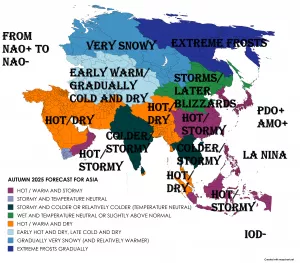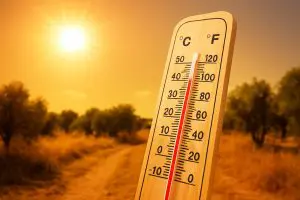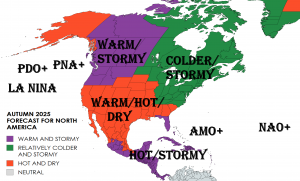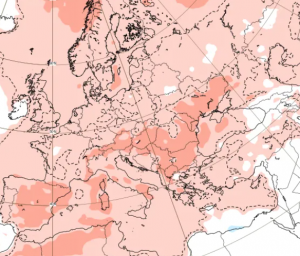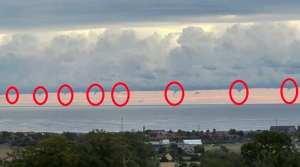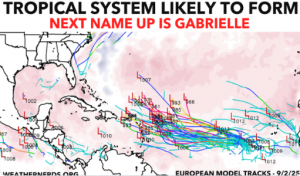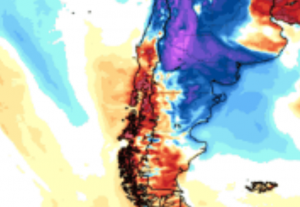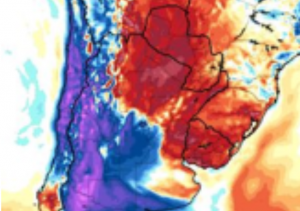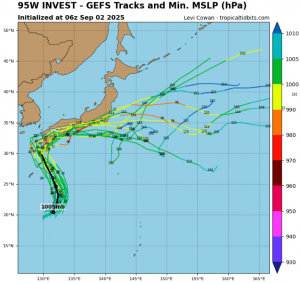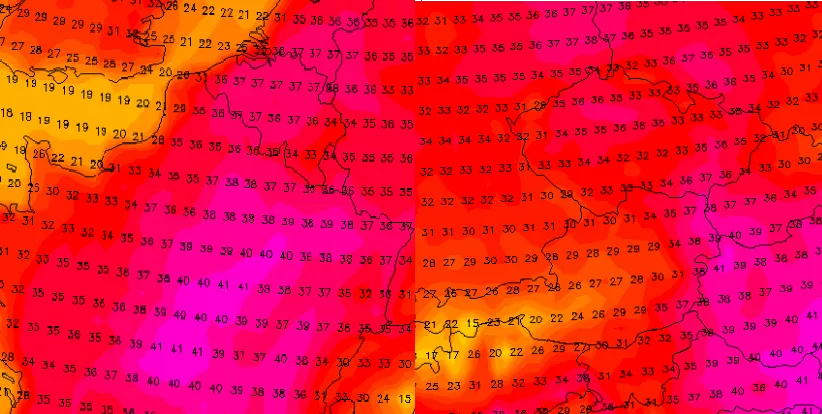
Continental Europe is staring down what could be the last major heatwave of summer 2025, but one that will arrive with exceptional intensity. From Wednesday to Friday (August 13–15), forecast models indicate temperatures near 41 °C (106 °F) in parts of northern France—including areas just outside Paris—and in eastern Austria near Vienna. Such values, so far inland and away from Mediterranean influence, are rare even during strong summer heatwaves.
The setup involves a broad, slow-moving high-pressure system stretching from Iberia to central Europe, locking in clear skies and subsiding air that heats efficiently under August sun. A surge of hot, dry continental air will be drawn northward, while soil moisture deficits from previous heatwaves allow land surfaces to heat even faster. Paris and Vienna, both accustomed to occasional summer highs in the low 30s °C, will be facing temperatures 8–10 °C above average for mid-August.
Meteorologists emphasize that such widespread extreme heat over central Europe is unusual for this late in the season. While it is possible that this event may be the final major heatwave of 2025 for continental interiors, its timing—deep into the second half of summer—reflects the shifting baseline of European climate extremes. In recent years, record-breaking temperatures have occurred further into August and even September, a trend attributed to global warming.
Health agencies are warning residents to limit outdoor activity, especially during peak afternoon hours, and to remain hydrated. Urban heat islands in large cities like Paris and Vienna will see nighttime temperatures remain uncomfortably high, increasing the risk of heat stress. Transport infrastructure could also be strained, with rail networks and roads vulnerable to heat-related damage.
If forecasts hold, the August 13–15 heatwave could mark yet another entry in Europe’s growing list of extreme temperature events, standing out for its geographic reach, timing, and severity. For millions in central Europe, this will be a reminder that even as summer begins to wind down on the calendar, dangerous heat can still strike with little warning.
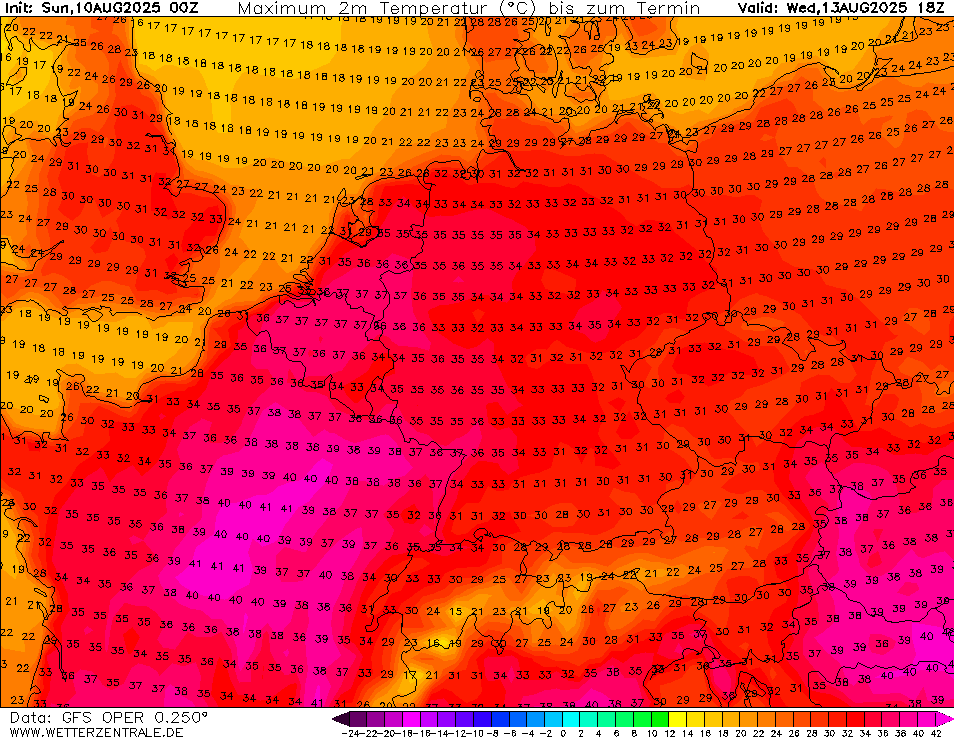
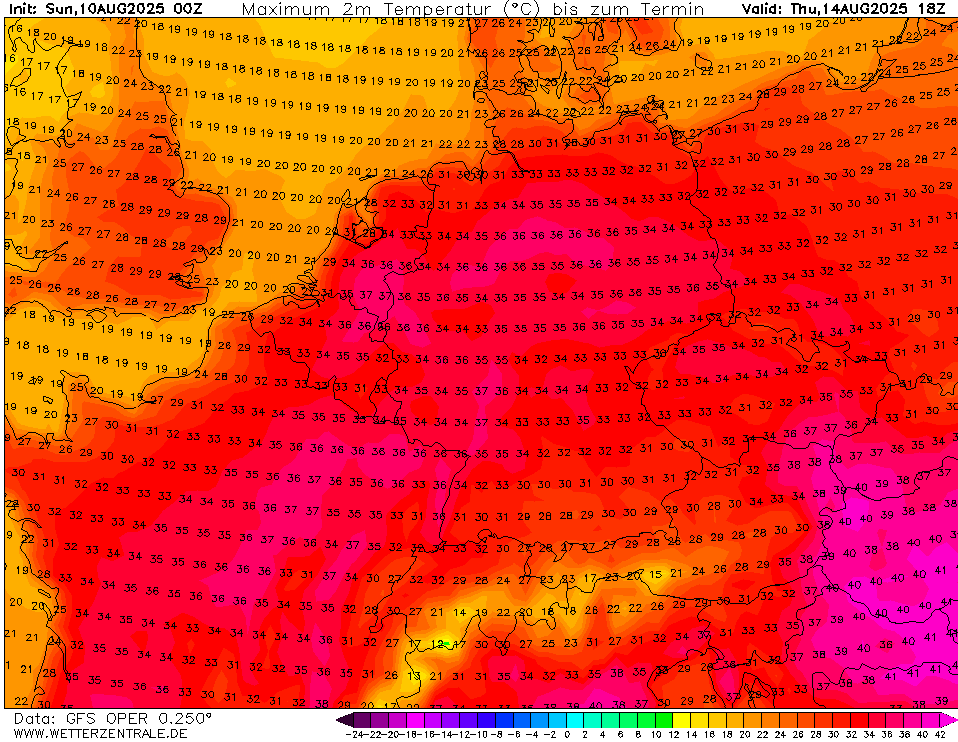
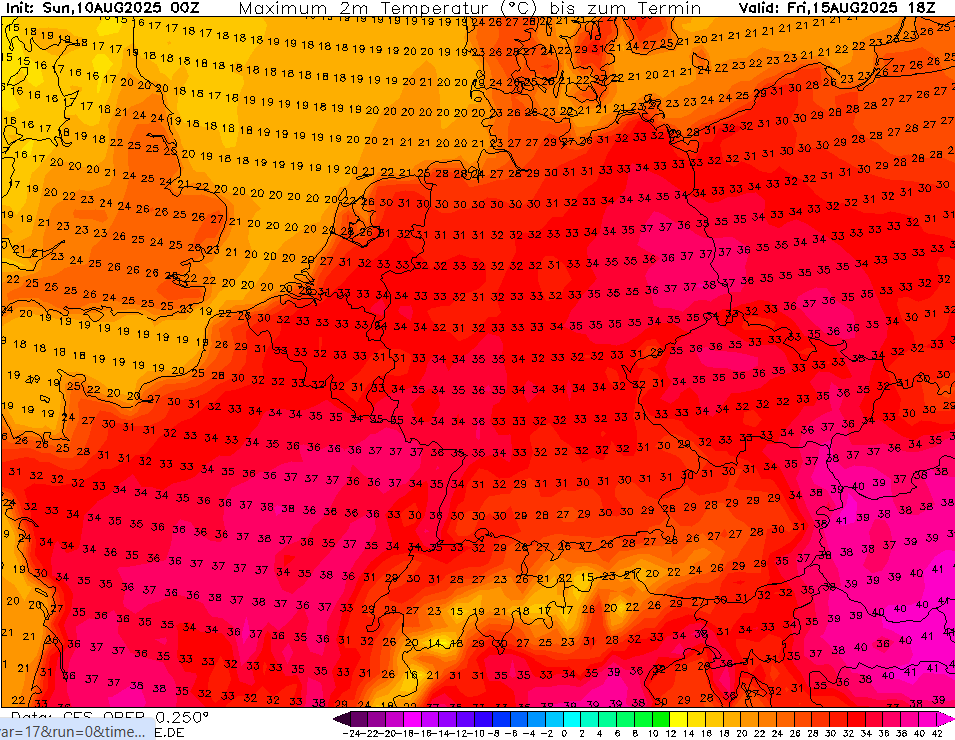
Source: wetterzentrale.de

Detail.

